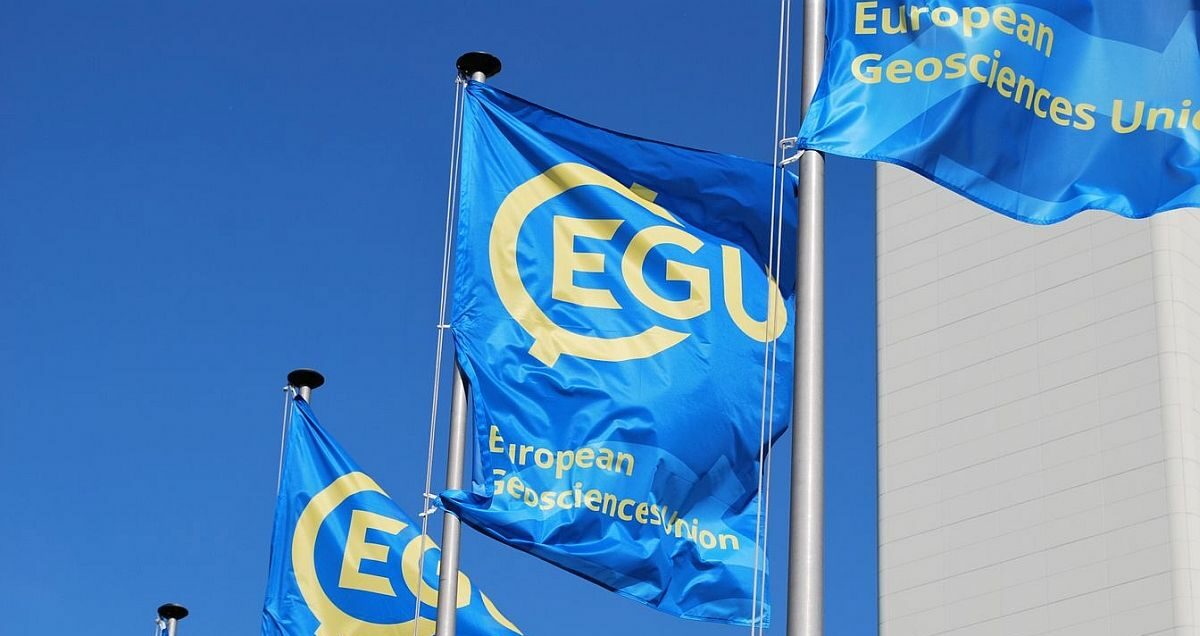EGU21-13028|ECS
Paola Emilia Souto Ceccon, Paolo Ciavola, and Clara Armaroli
Shoreline variability is a key factor in coastal morphodynamic studies. Beaches act as natural buffers to wave energy, protecting the areas behind them from damage and flooding. In the last decade, remote sensing techniques (video monitoring, shore-based radar, airborne LIDAR, AUVs) are widely applied in coastal studies and several algorithms for shoreline detection have been developed to extract the so called Satellite Derived Shorelines (SDS). Multispectral satellites provide images that cover large areas with high spatial and temporal resolution allowing to perform a near real-time analysis of shorelines worldwide. The main techniques applied to EO-derived images are either manual shoreline detection or image-processing techniques. There are several open source algorithms (e.g. SHOREX and CoastSat) for shoreline detection at sub-pixel level, using available free open-source multispectral images (Landsat and Sentinel constellations). Both algorithms use the three visible bands, the near infrared band, and the short-wave infrared band.
In this study we tested the performance of the CoastSat algorithm on two different microtidal beaches of the Italian Adriatic coast (Emilia-Romagna and Marche Regions): Punta Marina (PM) and Sirolo (SIR). While PM is a typical intermediate fine sandy beach, SIR is a mixed coarse sand-gravel reflective one. Their mean foreshore slopes are respectively 0.09 and 0.16. At PM, SDS were compared with RTK-DGPS surveyed shorelines measured following the upper limit of the swash zone. The surveys were coincident with Landsat-5, Landsat-7 and Sentinel-2 satellite overpasses on 26/05/2011, 21/01/2020 and 13/02/2020. In the SIR beach case, the SDS were compared with those obtained by a video monitoring station, after manual mapping on variance images on 09/05/2010, 18/04/2011 and 29/06/2011, coincident with Landsat-5 and Landsat-7 overpasses. CoastSat detects the shoreline by classifying the pixels images into four categories (water, white-water, sand and other land features) using a Multilayer Perceptron. As the default settings may not be suitable for every beach, due to different luminosity conditions and sand colour, we specifically trained the classifier with PM and SIR images. The influence on the identification of the SDS shorelines by the run-up extent and beach state was evaluated.
The obtained RMSE ranges between ~ 6.5 and 14 m at both sites, comparable to the values found by CoastSat developers, indicating that the shoreline is effectively obtained at sub-pixel level. Our results suggest that in the SIR case, the magnitude of the errors can be correlated with the hydrodynamic conditions, as they increase in pair with the run-up extension. This could be explained by the fact that on a reflective beach, with coarser sediments, waves break on the beachface and the water percolates delimiting a clear shoreline, with a distinguishable edge. This correlation was not found in PM, suggesting a bad performance in sand-water classification when the classifier has to deal with a wider swash zone with saturated sand.
The research received funding from the EU H2020 program under grant agreement 101004211-ECFAS Project.
How to cite: Souto Ceccon, P. E., Ciavola, P., and Armaroli, C.: Performance of remote sensing algorithms for shoreline mapping under different beach morphodynamic conditions, EGU General Assembly 2021, online, 19–30 Apr 2021, EGU21-13028, https://doi.org/10.5194/egusphere-egu21-13028, 2021.
